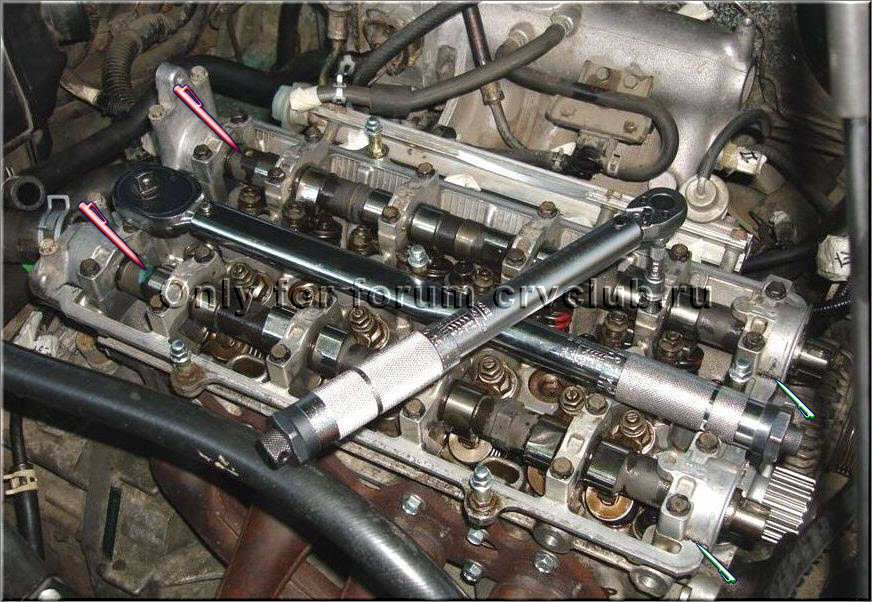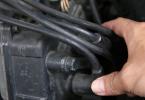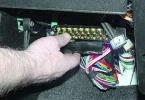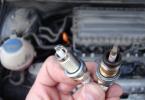The cylinder head ensures the tightness of the engine combustion chamber and is the basis for the timing mechanisms. During operation, it is exposed to high temperatures, constant vibrations, which, together with improperly tightened bolts, can lead to cracking of the body metal, burnout and deformation of the gasket, and depressurization of the combustion chamber. This can be avoided by properly tightening the cylinder head fasteners.
The Importance of Correct Tightening of Cylinder Head Fasteners
Cars manufactured prior to 2011 require regular cylinder head bolt re-tightening. Models of machines produced after 2010 have engines of a different design, which is why they do not need to carry out this type of work. Despite this, the problem of tightening the bolts is especially relevant for the owners of the VAZ 2106 and VAZ 2107, who must undergo an annual technical inspection.
The accumulation of moisture in the places of contact of the bolts over time leads to the need to tighten the fasteners in the cylinder block. In this case, the main reason for this is engine oil leaks: its gradual leakage from the internal combustion engine housing leads to problems in the operation of the cylinders and their gradual failure.
Lubricating fluid can leak for various reasons, including:
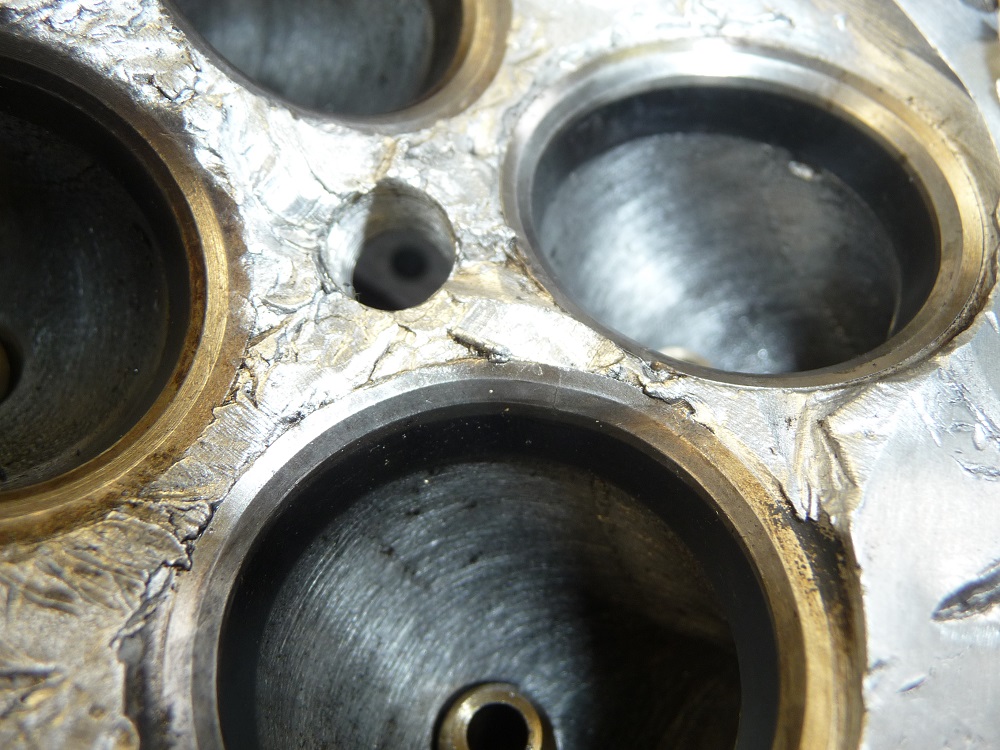
In this case, you will not be able to limit yourself to a simple change of the gasket: if the gain is incorrectly set, the new one will be erased at the same speed as before.
Consequences of improper tightening of cylinder head fasteners
The process of tightening the cylinder head mountings requires strict adherence to all features and rules. Quite often, beginners and non-specialists make mistakes, the consequence of which is cylinder head or cylinder block defects:
- Overtightening of bolts;
- Ingress of lubricant into the threaded wells;
- Fasteners are tightened in the wrong order;
- Working with a wrench with an unsuitable attachment;
- An attempt was made to install screws of the wrong length.
It is almost impossible to screw a bolt into a threaded well that is not cleaned of carbon deposits, dirt and rust without adding a lubricant. Even if the tightening is done, its torque will not be tightened to the required value. Specialists working with car engines apply lubricant only to the bolts, while beginners, due to inexperience and lack of knowledge, pour oil directly into the well. As a result, the well is completely out of order, its deformation, due to which it is necessary to change the entire cylinder block or carry out its overhaul.
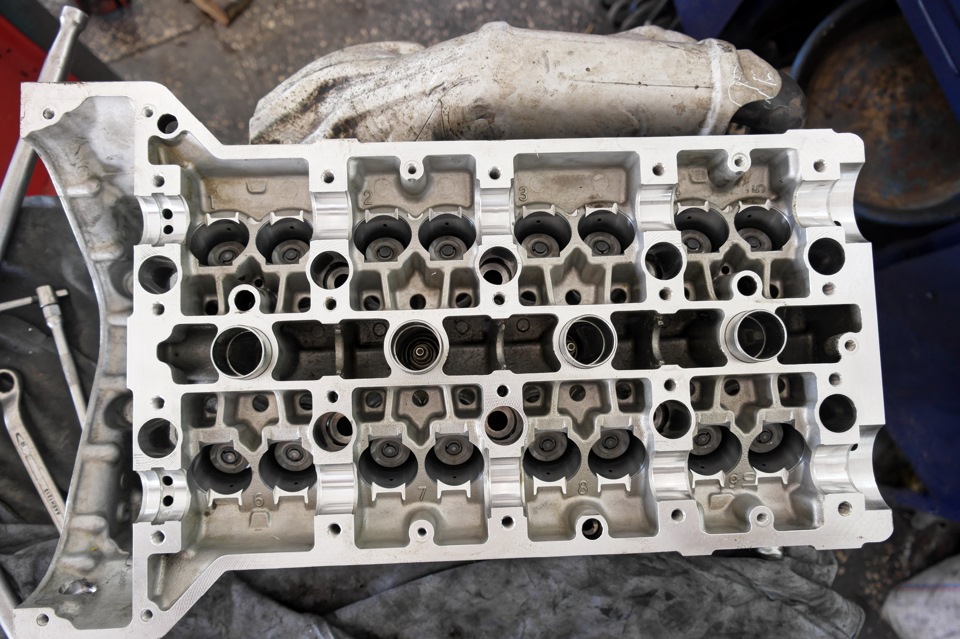
The location of the wells of the cylinder head bolts
Tightening the cylinder head bolts "by eye", without using a torque wrench, does not lead to anything good: the fasteners are either overtightened or under-tightened. In the first case, the bolts break, which is why the cylinder block has to be returned for repair. In most cases, the heads of the cylinder head bolts are made for an external or internal hexagon, much less often for a square. If the edges of the socket on the wrench are worn out, during tightening it can turn together with the edges of the bolt head. As a result, they will be erased, and the hardware itself cannot be screwed in or unscrewed.
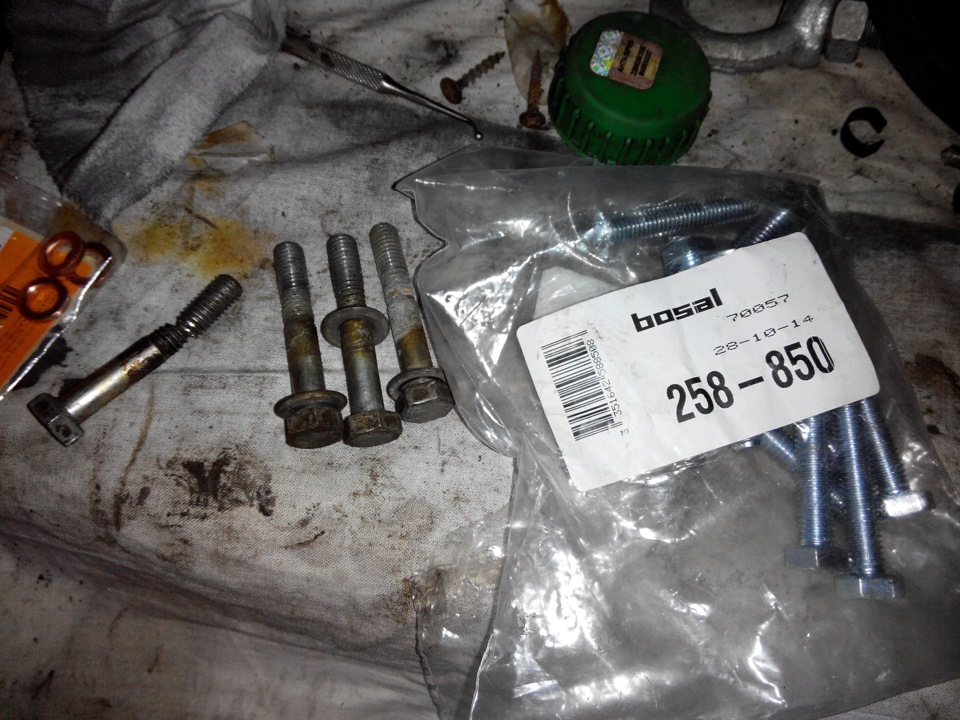
Consequences of improper tightening of threaded connections - broken and defective bolts
Excess stress in the cylinder head housing is usually fixed if the bolt tightening order is not followed. The cylinder head is made of aluminum, which practically does not withstand high loads, deforms quickly and becomes covered with cracks. Through them, the products of fuel combustion flow out, which provokes a loss of power and throttle response of the engine, an increase in its appetite and a decrease in the working resource. The appearance of cracks threatens the mixing of coolant and oil, which reduces the lubricating properties of the latter and leads to rapid wear of all engine parts and assemblies that are in constant friction.
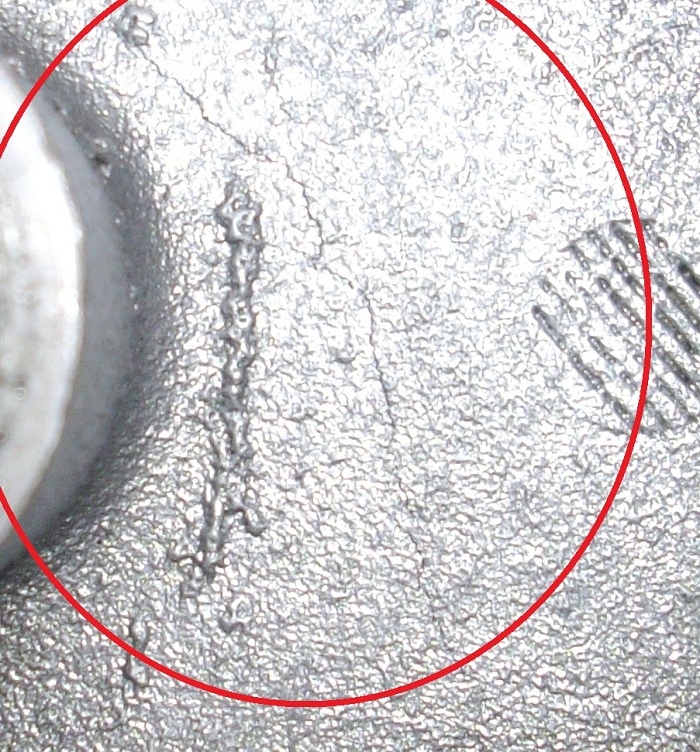
Cracking of the cylinder head due to high stress
Features of tightening cylinder head threaded connections
One of the pressing issues faced by many motorists who have managed to operate domestic cars in their lifetime is the need for preventive tightening of the cylinder head bolts after repairing the cylinder block or the engine itself.
Modern models of power units do not require cylinder head broaching. In them, the head is attached to the cylinder block using so-called spring bolts, or self-tightening bolts. Their peculiarity is that after carrying out one tightening, they do not need an additional broach for the entire period and operation. It is not at all worth it to carry out it for such fasteners: it can deform them and disable them.
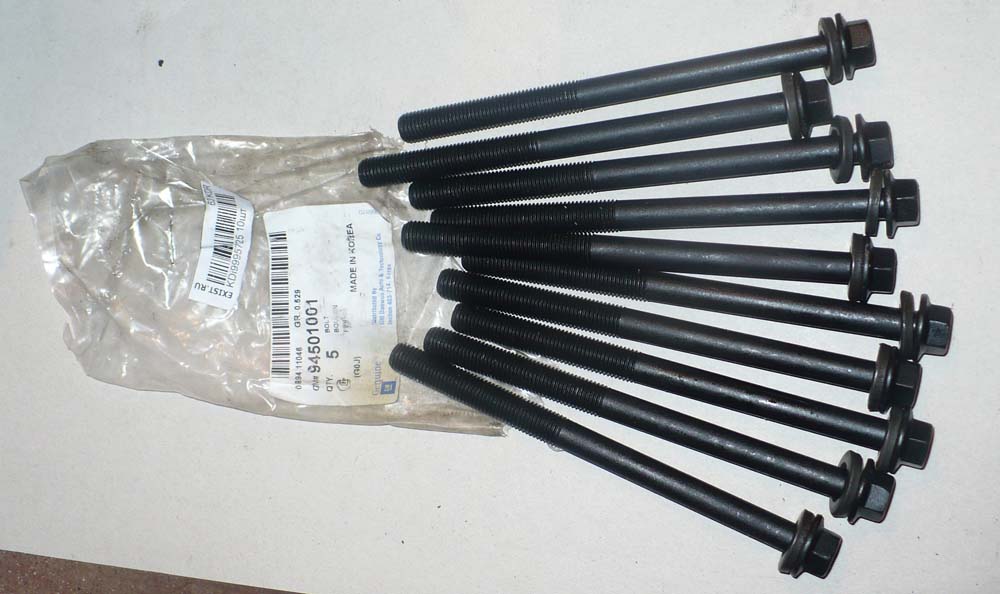
State-of-the-art spring-loaded bolts that do not require constant tightening
Today, cylinder head broaching is required only for GAZ, VAZ and Moskvich cars, although several years ago it was a mandatory item for every maintenance.
Rules for tightening fasteners
Compliance with the standard rules for tightening the head bolts must be observed for all types of motors.
- Mandatory observance of the manufacturer's recommendations for the torque and tightening order;
- The procedure is carried out only with a torque wrench, which must be in good condition. It is forbidden to use any other tools, including a wrench - the moment of force must fully comply with the norms, and not be selected "by eye";
- The bolts used must be in perfect condition and of high quality. Old fasteners cannot be used, as well as trimmed bolts. The cleanliness and condition of the threads are checked immediately before tightening. "Spring" bolts are not screwed in again, since they will not give the required force, which will facilitate the flow of lubricant from under the gasket;
- TTY bolts are by no means used to tighten the cylinder head. Such fasteners are used on aluminum heads and are tightened by degrees, not by torque. Such warnings are usually indicated by the manufacturer;
- The cylinder head gasket must have the appropriate manufacturer's specification. The accompanying documentation prescribes which tightening torque is suitable for a given type of part. Such parameters are taken into account primarily so that the magnitude of the tightening force of the gasket and the engine does not differ;
- Pour lubricant into the "blind" hole for attaching the head carefully, avoiding overflows - otherwise the bolt will not go to its full length. The thread of the bolt screwed into the through hole is lubricated before the procedure with a plastic sealant.
The conditions under which the cylinder head bolts are pulled through vary greatly depending on the material from which the head is cast: for cast iron, the engine must be warmed up to a temperature of 80 ° C, for aluminum, it must be completely cooled.
Required tools
Tightening of the threaded connections of the head is carried out using a torque wrench with a set of nozzles. There are three types of such instruments: click, arrow, and electronic.
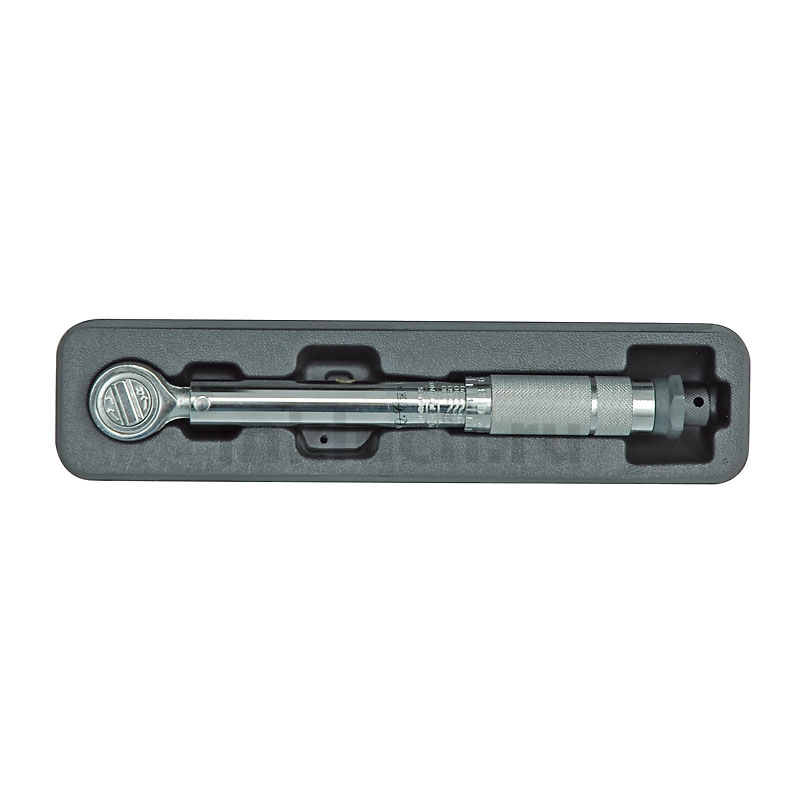
The snap torque wrench is the best option for those who like to dig in the car and want to buy a reliable tool.
DIY torque wrench
You can make a dynamo key yourself if it is not possible to purchase a similar tool for personal use. A dynamometer in a homemade key is replaced with an ordinary steelyard - spring scales. In most cases, a 20 kilogram steelyard and a metal pipe 50 cm long are used. The diameter of the pipe is selected based on the size of the key: it should be easy to put on. Several holes are made on one side of the pipe, into which the steelyard will be installed. The balance is mounted perpendicular to the pipe. A home-assembled alternative to a torque wrench allows you to tighten nuts and bolts with a force of no more than 100 N / m.
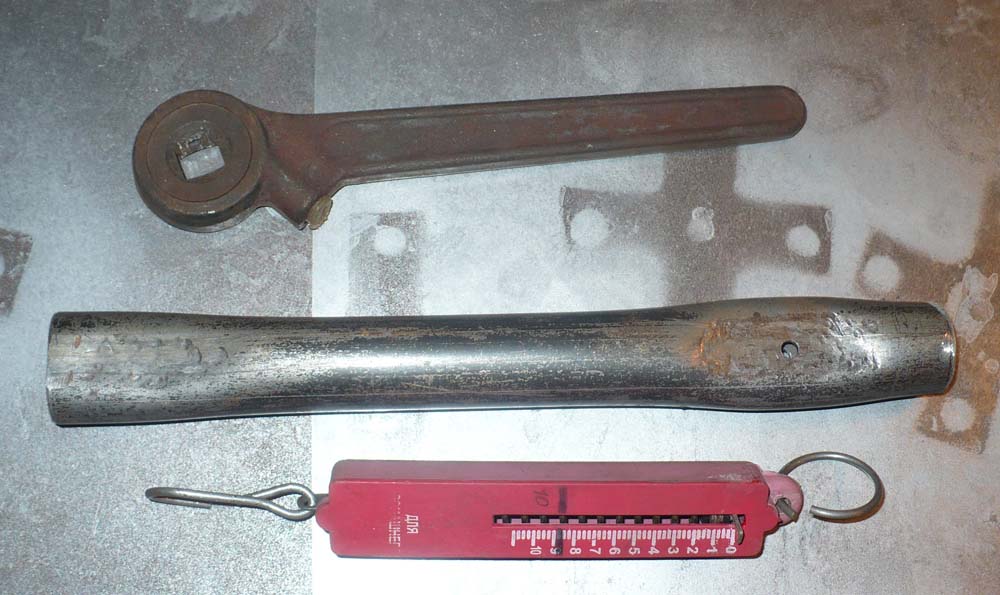
Parts and devices necessary for assembling a dynamo key with your own hands
Versatility is the main advantage of a homemade dynamo wrench. Such a tool can be easily put on any keys, hexagons and collars. Despite its advantages, it is very imprecise and unreliable, so it is better to use high-quality professional counterparts.
Tightening torque for cylinder head bolts
In the case of old cars, there are only two tightening torques for the head mounts, but on modern models there are already twice as many. Tightening of threaded connections is carried out in the warm season at an ambient temperature of more than 20 ° C or in a warm room during the cold season.
The bolts must be cleaned of dirt, grease, carbon deposits, especially carefully if the cylinder head gasket has leaked. It is advisable to wait 10–20 minutes after each stage - during this time the metal should return to its original shape and not deform under loads.
The tightening torque of the threaded connections is specified in the owner's manual for the vehicle. You can find out it from the official dealers of the brand or specialists in the car service.
Below is a table of the moments that it is undesirable to exceed during the procedure.
Table: Standard tightening torques for screw connections
| Thread | Bolt strength | ||
| 8.8 | 10.9 | 12.9 | |
| M6 | 10 Nm | 13Nm | 16Nm |
| М8 | 25Nm | 33Nm | 40Nm |
| M10 | 50Nm | 66Nm | 80Nm |
| M12 | 85Nm | 110Nm | 140Nm Correct tightening order for cylinder head bolts In the case of a VAZ 2107 car, for example, the cylinder head fasteners are tightened in two stages:
Working with a torque wrenchAt the beginning of work, the dynamo key is set to the so-called zero position - the moment at which the position of the head bolt corresponds to the readings of the key. It is advisable to record the measurements shown by the tool somewhere. The key rotates neatly and carefully, while carefully monitoring its readings. The moment of force does not change - the threaded connection is too stretched; has changed dramatically - it is necessary to make the bolt move. The holder is not fully stretched if the readings jump sharply. In the latter case, all work is carried out after stabilization has been carried out.
Tightening the cylinder head bolts with a dynamo wrench Bolts are subject to replacement if, during replacement, the moment of force begins to drop rapidly. Tightening cylinder head threaded connections video: Tightening threaded connections without using a dynamo wrenchOften, car owners wonder how to tighten the cylinder head bolts without resorting to using a torque wrench. This can be done, and this method is very effective in practice. For its implementation you will need:
After collecting the necessary tools, it is necessary to calculate the tightening torque - the force that is applied to the meter lever. If tightening the nut with a torque of 2 kgf * m is required, then the force will be equal to 8 kg. After carrying out all the calculations, a key is installed on the fasteners, to the other end of which the scales are attached. The balance ring is pulled until the required torque value is displayed on the scale. The method of tightening threaded connections without a torque wrench is very simple and saves in situations when such a device is not at hand or its purchase is too expensive. Tightening the cylinder head bolts without using a torque wrench video: Which is the best way to tighten fasteners?Each of the methods for tightening cylinder head threaded connections has its own pros and cons. Using a torque wrench allows you to get accurate results without damaging parts and bolts that could damage your engine. The second method - without a dynamo key - is widely used by the people due to its simplicity, availability and the absence of the need to purchase an expensive key. One of the important parts of the engine is the cylinder head. Correct tightening of the bolts, determination of the moment and the order of work ensure the smooth operation of the cylinder head and the power unit of the car. |
